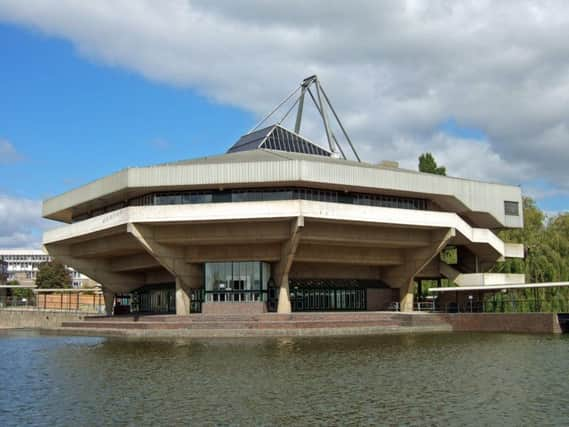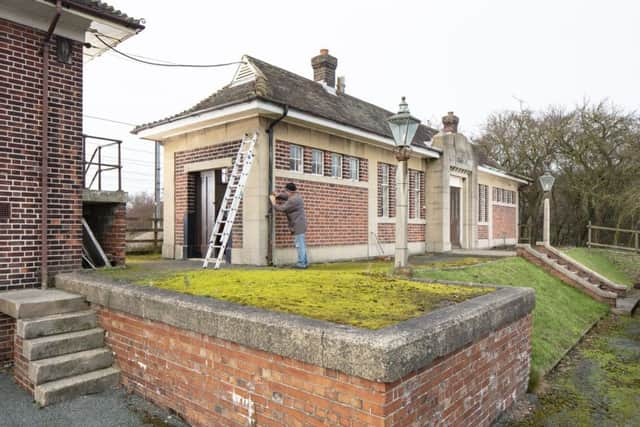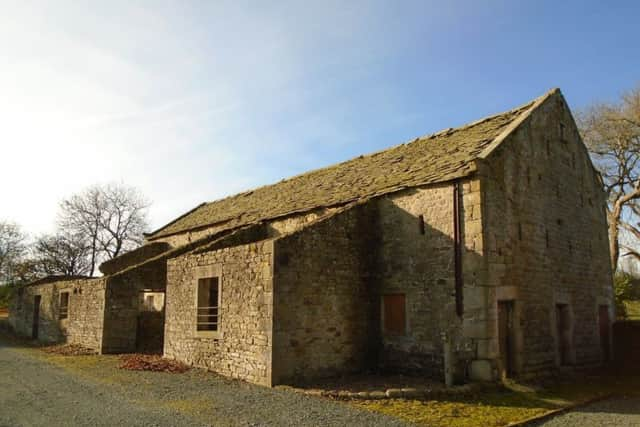It's hardly the Minster, but a 1960s concrete octogon with an aluminium roof is now one of York's treasures


But the latest register of landmarks to be given protected status demonstrates that even the recent past can, in a few cases, be worth preserving.
The half-octagonal Central Hall, centrepiece of the University of York’s Heslington campus, was a symbol of a new generation of “plate glass” universities – the first to be established since the civic institutions of the early 20th century.
Advertisement
Hide AdAdvertisement
Hide AdSitting beside the biggest plastic-bottomed lake in Europe, it is said by the nation’s custodian, Heritage England, to be an “architectural tour de force” that “heralded the beginning of contemporary university planning in Britain” and which continued the historic tradition of the earlier “red brick” universities in featuring a great hall for special events.


It features today in a list of 952 sites to gain new or upgraded listed status in 2018. Not only is the structure, replete with suspended, aluminium-clad tubular roof, included but also, separately, the “post-war university landscape” that was laid out from 1963, with reed beds and lily pads on the lake featuring against the concrete.
“We encourage people to understand and enjoy the wonderful range of historic places on their own doorsteps,” said Duncan Wilson, chief executive of Historic England.
“By listing them we are protecting them for future generations.”
Advertisement
Hide AdAdvertisement
Hide AdHe pointed to a former railway station at Otterington, near Northallerton, to illustrate the diversity of buildings now protected from unsympathetic development.


The 1930s signal box with neo-Georgian detailing, on the east coast main line, is described as “a sleepy, little-used wayside station. It closed in 1958 and is now a private house.
Mr Wilson said the protection programme ensured that “our fascinating history and heritage is celebrated through listing”.
The Heritage Minister, Michael Ellis, added: “Our historic buildings and places help us to make sense of our past and to understand the world we live in today.”
Advertisement
Hide AdAdvertisement
Hide AdA barn in the Dales is also on today’s list. The structure at Rathmell, three miles south of Settle, was built in 1714 with an unusual, ornamental roof made of carefully shaped timbers with carved daily wheel motifs.
The rafters are so elaborate that conservationists believed at first that they must have been reused from a high-status medieval house – but ring-dating has now shown them to have come from trees felled shortly before the barn was built.
The building, said to have been far-sighted for its time, includes a cattle housing that allowed more livestock to be kept over the winter, a design that would have increased herd sizes and farming prosperity.